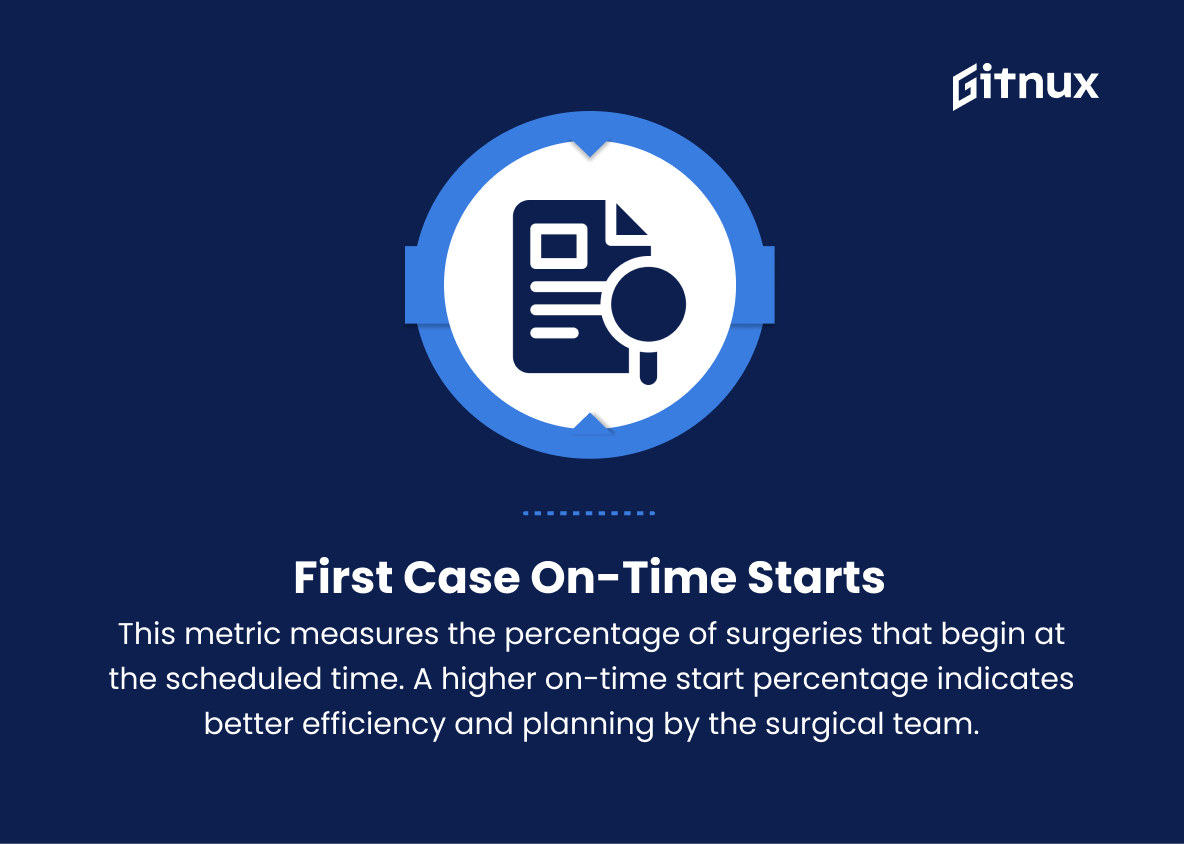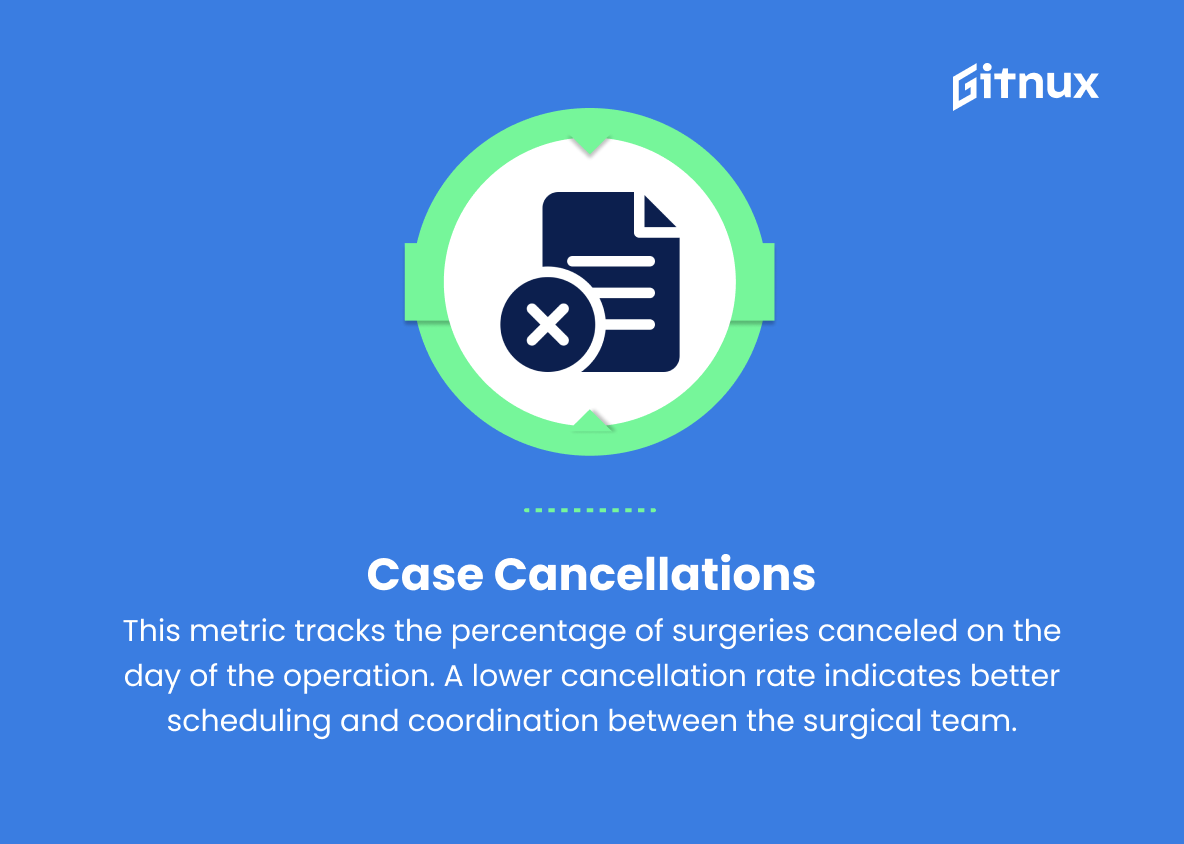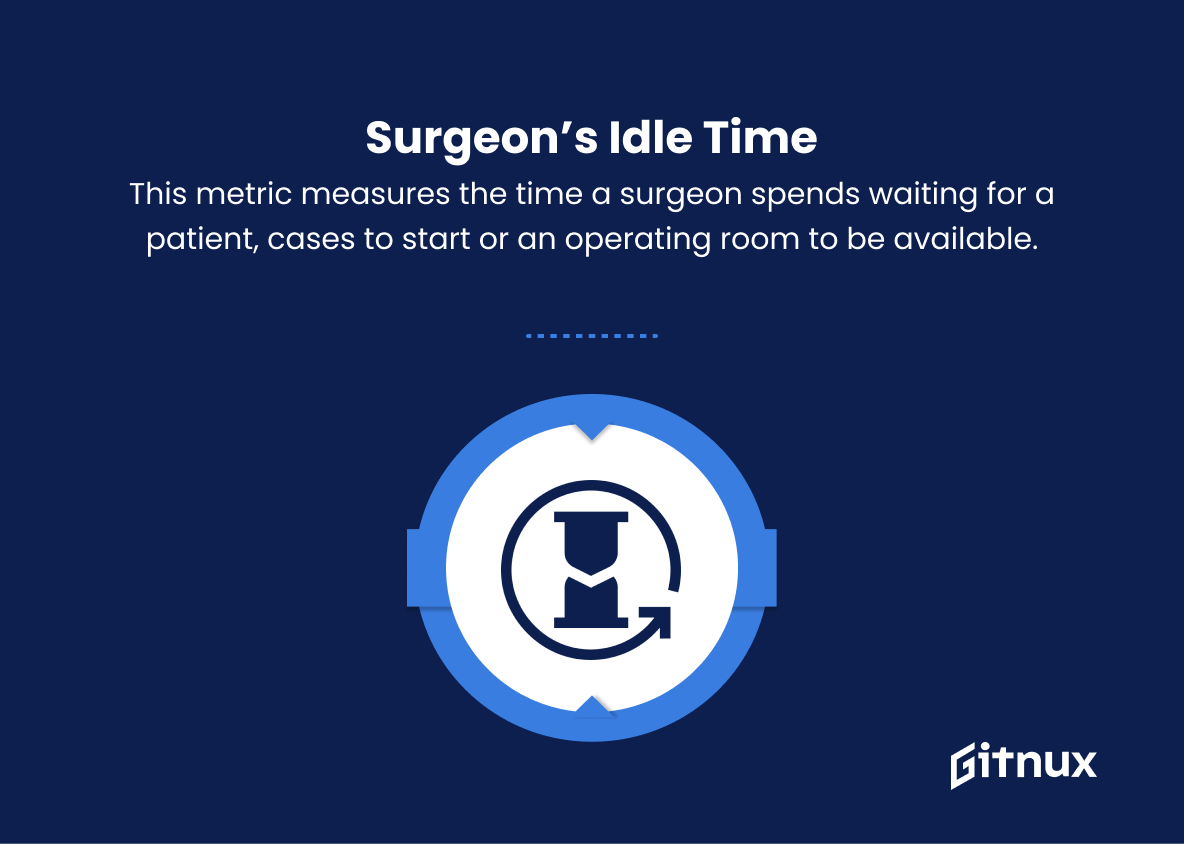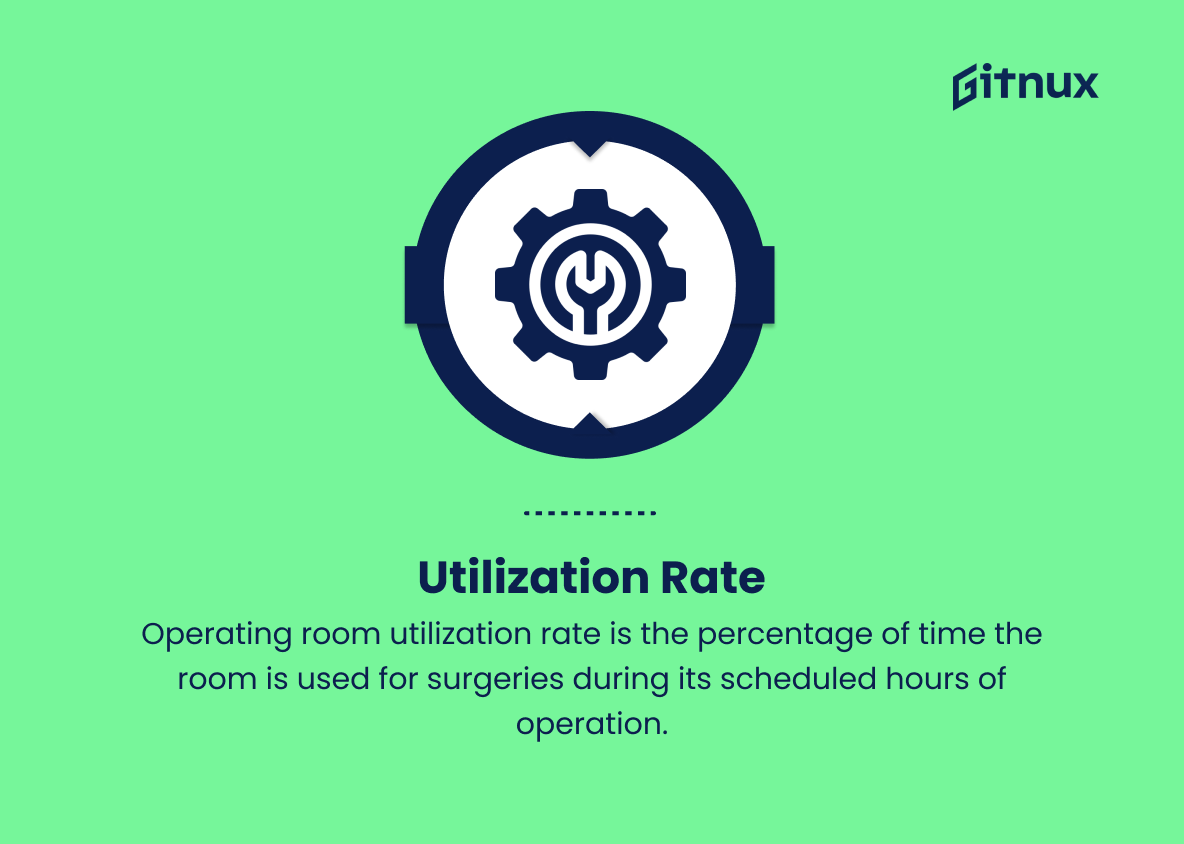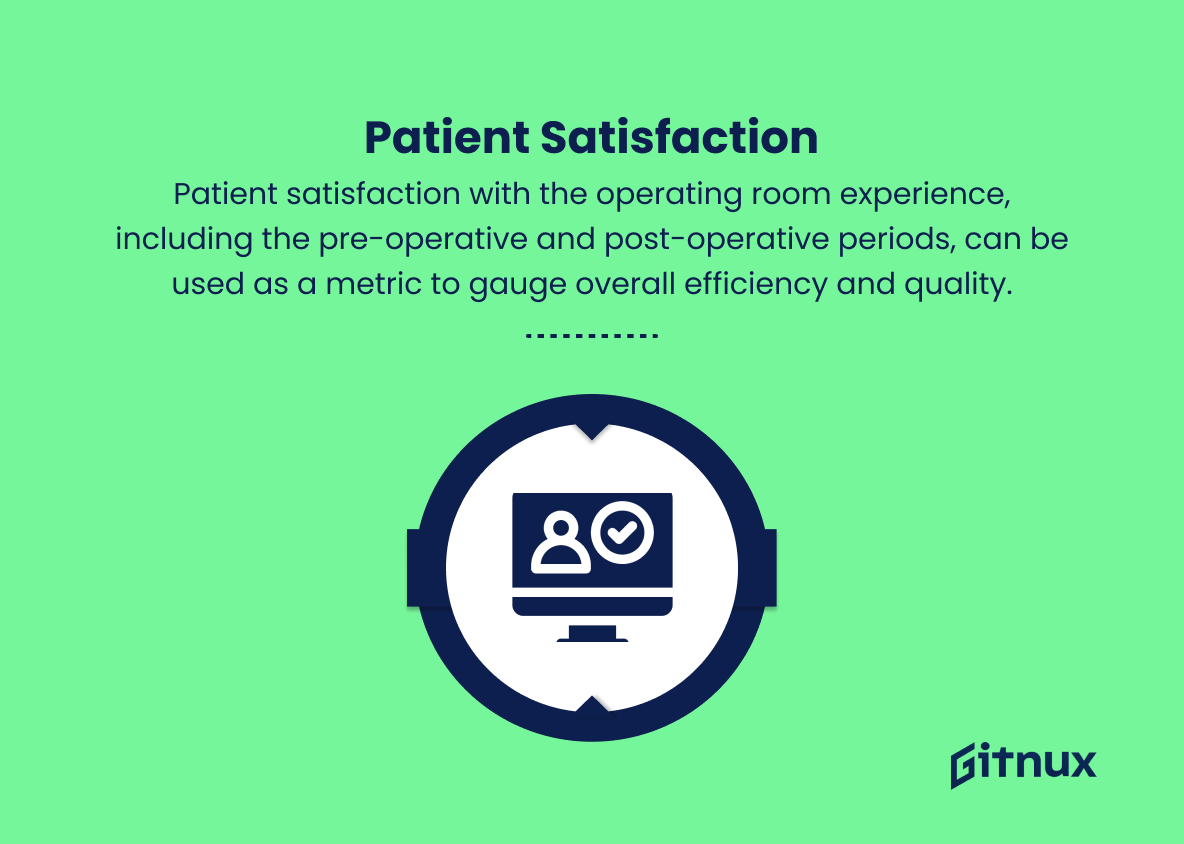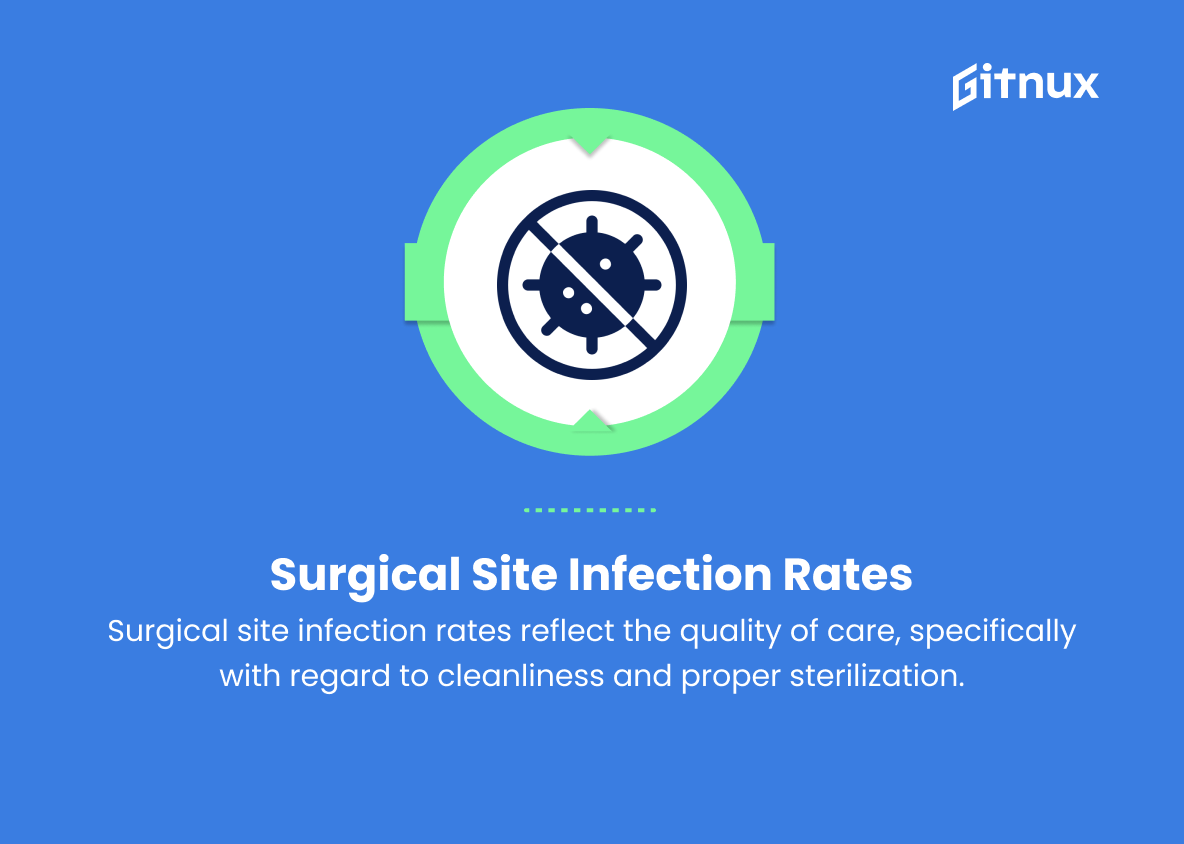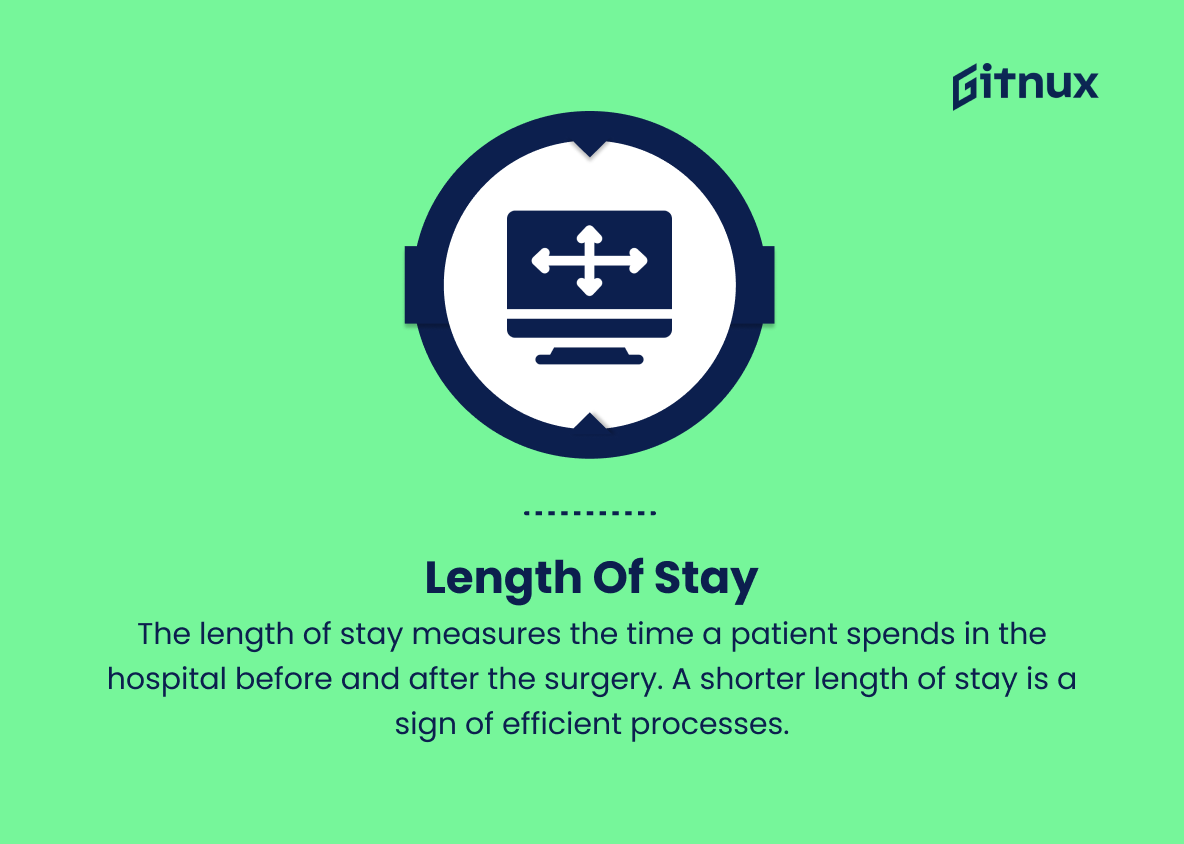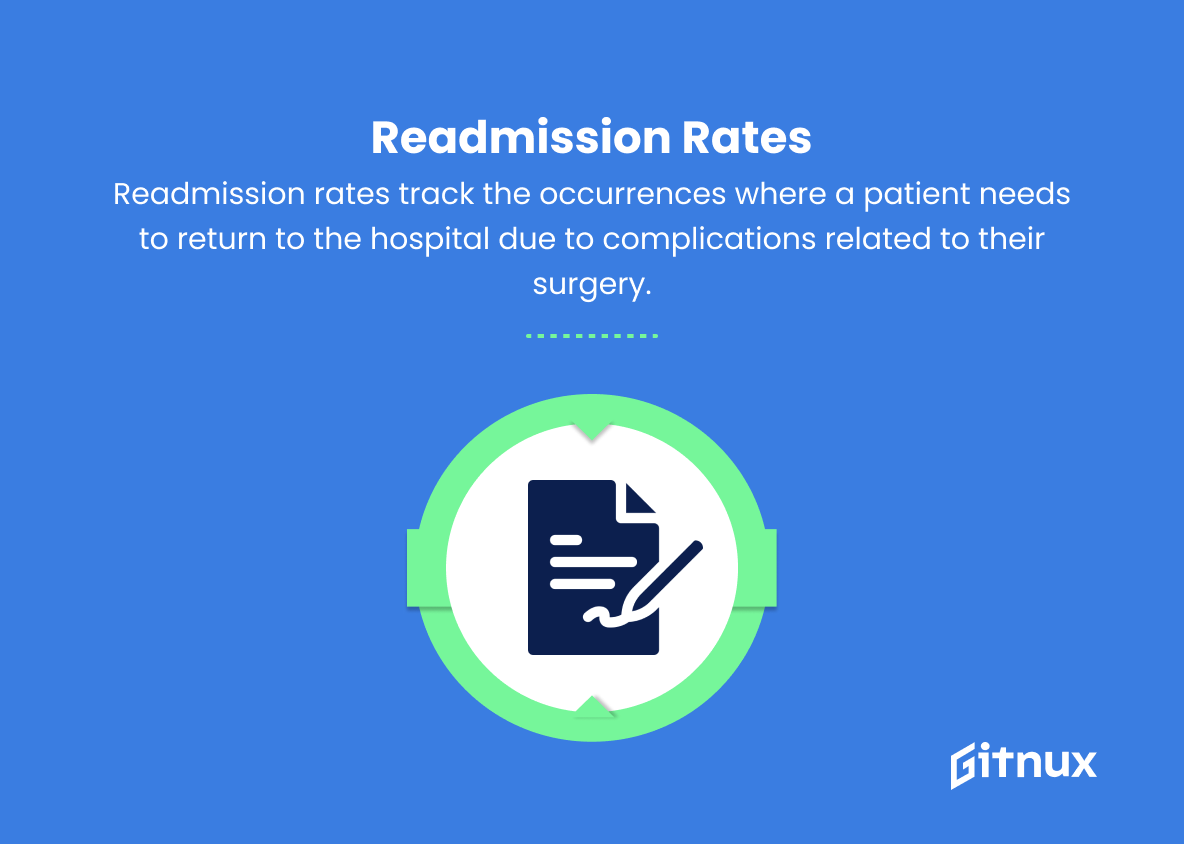In today’s fast-paced and ever-evolving medical landscape, efficient hospital operations are of paramount importance. Nowhere is this more critical than in the operating room (OR), where time is of the essence and patient outcomes hinge on seamless coordination of surgical teams. Consequently, employing accurate and reliable metrics as key performance indicators (KPIs) is essential for assessing how well OR processes are functioning.
In this blog post, we will delve into the world of operating room efficiency metrics, exploring their significance, implementation, and potential for enhancing surgical practice, ultimately leading to high-quality patient care and optimal resource utilization.
Operating Room Efficiency Metrics You Should Know
1. First case on-time starts
This metric measures the percentage of surgeries that begin at the scheduled time. A higher on-time start percentage indicates better efficiency and planning by the surgical team.
2. Turnover time
Turnover time is the time taken between one surgery ending and the next surgery beginning. A shorter turnover time signifies higher efficiency and better utilization of the operating room resources.
3. Case cancellations
This metric tracks the percentage of surgeries canceled on the day of the operation. A lower cancellation rate indicates better scheduling and coordination between the surgical team and patients.
4. Surgeon’s idle time
This metric measures the time a surgeon spends waiting for a patient, cases to start or an operating room to be available. Lower idle time means better efficiency and utilization of the surgeon’s expertise.
5. Utilization rate
Operating room utilization rate is the percentage of time the room is used for surgeries during its scheduled hours of operation. A higher utilization rate means that the operating room is being efficiently used for patient care.
6. Percentage of cases within allocated time
This measures the number of surgeries completed within their allocated times, without going over the scheduled timeline. A higher percentage signifies better scheduling accuracy and resource management.
7. Staff overtime
This metric tracks the amount of overtime worked by the surgical team, indicating the effectiveness of managing staff resources and potential gaps in the scheduling process.
8. Patient satisfaction
Patient satisfaction with the operating room experience, including the pre-operative and post-operative periods, can be used as a metric to gauge overall efficiency and quality of the surgical process.
9. Surgical site infection rates
Surgical site infection rates reflect the quality of care, specifically with regard to cleanliness and proper sterilization. Lower infection rates indicate better practices and higher efficiency in maintaining a safe environment for patients.
10. Anesthesia time
Anesthesia time measures the duration between administrating anesthesia to the patient and their recovery from it. A reduction in anesthesia time can be an indicator of efficiency in an operating room.
11. Length of stay
The length of stay measures the time a patient spends in the hospital before and after the surgery. A shorter length of stay is a sign of efficient processes, which often leads to better patient outcomes and reduced costs.
12. Readmission rates
Readmission rates track the occurrences where a patient needs to return to the hospital due to complications related to their surgery. Lower readmission rates signal better patient care and efficient surgical practices.
Operating Room Efficiency Metrics Explained
Operating room efficiency metrics play a crucial role in evaluating and enhancing the overall performance and quality of surgical care. Metrics such as first case on-time starts, turnover time, case cancellations, surgeon’s idle time, utilization rate, percentage of cases within allocated time, staff overtime, patient satisfaction, surgical site infection rates, anesthesia time, length of stay, and readmission rates collectively provide a comprehensive picture of the operating room’s effectiveness.
These metrics highlight areas for improvement and indicate how well a surgical team manages scheduling, resource use, patient care, and safety measures. A higher level of efficiency leads to better patient outcomes, more accurate scheduling, reduced costs, and increased satisfaction for both patients and staff. By tracking these metrics, hospitals and surgical teams can create a safer and more efficient environment, ultimately enhancing the overall surgical experience and standard of care.
Conclusion
In conclusion, optimizing operating room efficiency positively impacts patient safety, quality of care, operating room usage, and cost reduction. By utilizing well-researched performance metrics like turnover time, case cancellation rates, first case on-time starts, and surgical time utilization, hospitals can systematically evaluate their processes and make necessary improvements.
Continuous monitoring and application of these metrics in combination with a culture of collaboration and accountability among operating room staff leads to higher levels of patient satisfaction and improved hospital performance. As the medical landscape advances and evolves, focusing on operating room efficiency will be a vital component in enhancing healthcare outcomes and making certain that hospitals remain successful in a competitive market.
